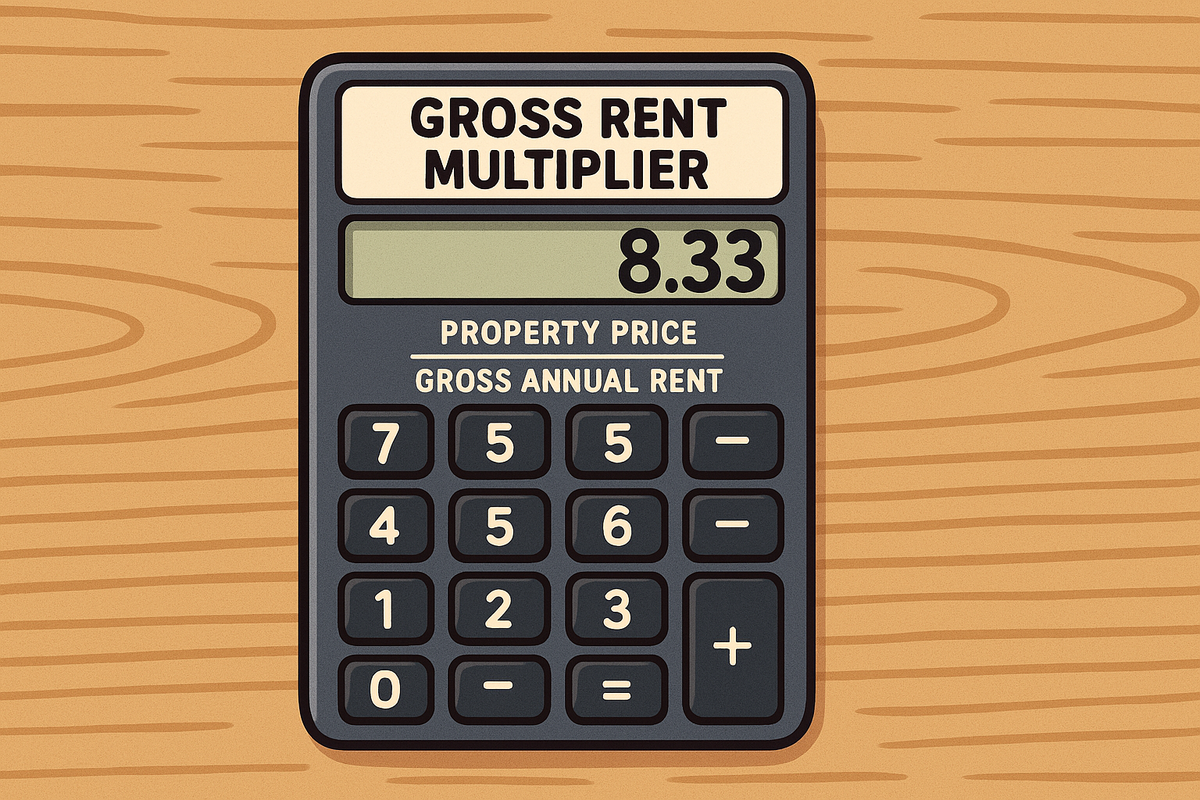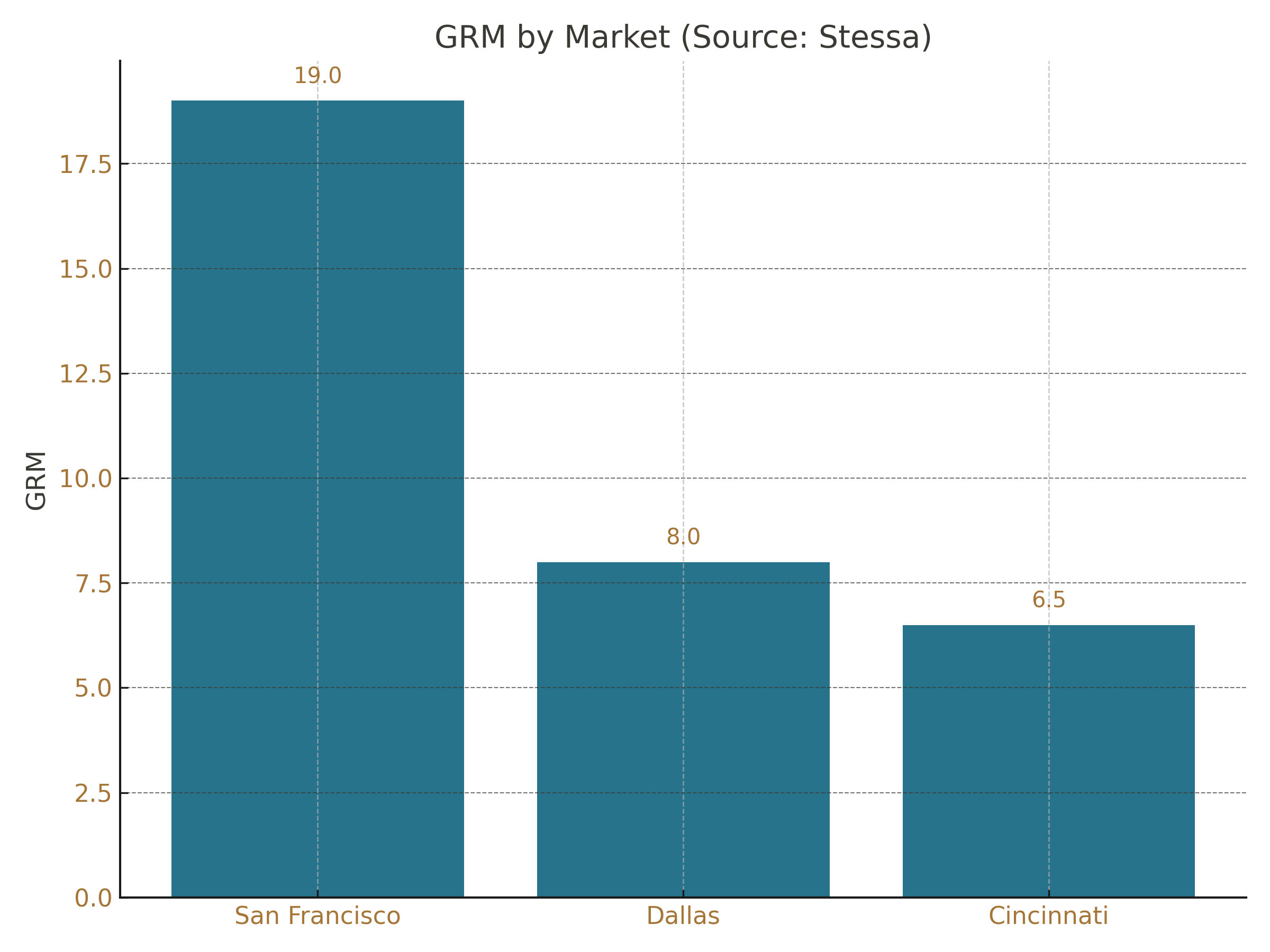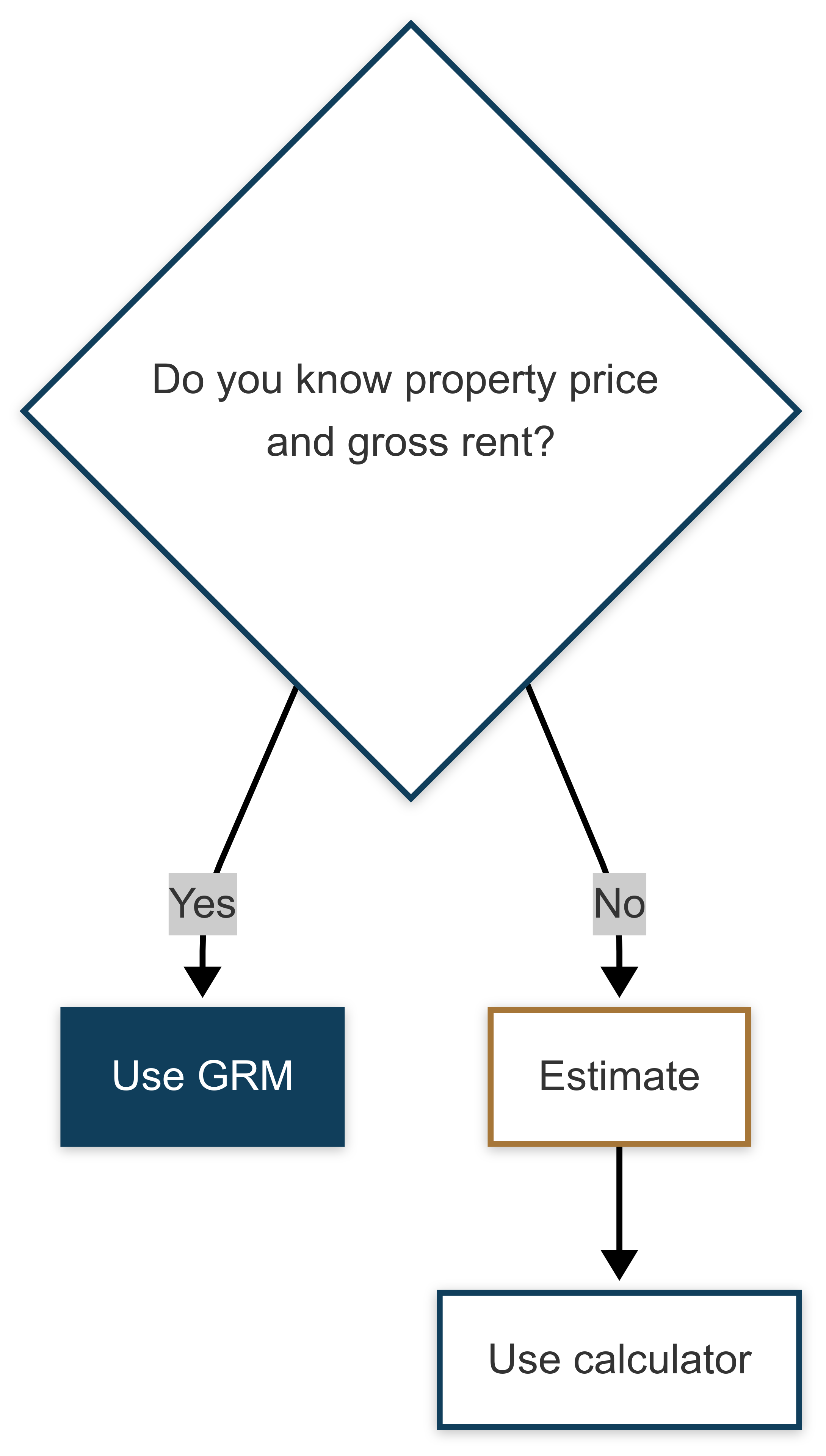How to Use Gross Rent Multiplier for Property Management
The gross rent multiplier (GRM) is a valuation ratio used to estimate the relationship between a property’s purchase price and its gross annual rental income

The Gross Rent Multiplier (GRM) may sound like real estate jargon, but for property managers and landlords, it’s a true secret weapon. This simple yet powerful calculation—property price divided by gross rental income—can help you quickly estimate property value, compare similar properties, and evaluate investment potential without diving deep into financial statements.
Whether you're managing multiple properties, evaluating a potential investment property, or seeking to boost your property's profitability, mastering GRM sharpens your instincts and decision-making. In this article, you’ll learn exactly what GRM is, why it matters, and how to use it effectively with the support of tools like LandlordDoc’s Gross Rent Multiplier Calculator.
A. Definition and Background
The gross rent multiplier (GRM) is a valuation ratio used to estimate the relationship between a property’s purchase price and its gross annual rental income—a fundamental number for real estate investing.
Formula:
GRM = Property Price ÷ Gross Rental IncomeExample: If Property A costs $500,000 and earns $50,000/year in gross rent, the GRM is 10.
(Source: Multifamily.Loans)
GRM is also called the Gross Income Multiplier (GIM) when it includes non-rent income, like parking or laundry—a common scenario in multifamily property investments.
(Source: Commercial Real Estate Glossary)
For ease, you can plug your data into LandlordDoc’s Gross Rent Multiplier Calculator to save time and ensure accuracy.
📊 GRM Concept Flowchart
B. Significance in Property Management
GRM empowers landlords and property managers to make faster, smarter decisions—especially when reviewing a new rental property or assessing the market value of a current one.
Why GRM matters:
- Identify good gross rent deals at a glance
- Benchmark monthly rent and annual rent
- Spot underperforming multifamily properties
- Support commercial property loan applications
A property with a GRM of 5.71 is typically more profitable than one with a GRM of 10—indicating you’d recover your investment faster.
(Source: Quicken Loans)
🧠 Pro tip: GRM doesn’t factor in expenses—so it’s best used alongside tools like LandlordDoc’s Net Operating Income Calculator and Cap Rate Calculator.
C. Practical Applications
1. Spotting a Deal in a Buyer’s Market
Scenario: A duplex listed at $300,000, earning $43,200/year.
GRM: 6.95—better than the area average of 9.
Action: Jump on it before it’s gone.
2. Managing a Portfolio of 10+ Properties
Scenario: One property has a GRM of 15.
Action: Explore raising rent or selling to improve portfolio performance.
3. Appealing a Tax Assessment
Scenario: Your county values your triplex too high.
Defense: You present lower GRMs from recent comparable sold properties.

D. Legal and Compliance Considerations
In places like Allen County, Indiana, assessors are legally required to use GRM for rental property valuations each year.
(Source: Allen County Assessor’s FAQ)
GRM was upheld in court as a valid appraisal method in Coventry Towers v. Board of Revision.
(Source: USLegal.com)
Compliance Tip: Be clear whether you’re using actual or projected rental income, especially for potential investment property analysis.
E. Best Practices
1. Use GRM as a Starting Point
Supplement GRM with Cap Rate and NOI tools for deeper analysis.
2. Standardize Your Inputs
Always use verified gross annual rental income and the actual property price.
3. Compare Apples to Apples
Only compare comparable property types—don't mix residential and commercial.
4. Monitor for Changes
Recalculate GRM when you raise rent, renovate, or refinance.
5. Cut Expenses to Improve GRM
Use LandlordDoc’s Operating Expense Ratio Calculator to track cost efficiency.

F. Related Concepts
- Cap Rate: Measures return based on net operating income.
Understanding Cap Rates - Gross Income Multiplier: Includes non-rent income (e.g., laundry, parking).
- Fair Market Value: Required to estimate GRM accurately.
- Comparable Property: Needed to benchmark and compare.
- Annual Rental Income: Foundation for consistent, reliable analysis.
G. Common Questions
Q1: What’s a good GRM?
4–7 is ideal in most markets. Under 15 is generally acceptable.
(Source: PrepAgent)
Q2: How do I calculate GRM?
Use the formula or the GRM Calculator.
Q3: Is GRM better than Cap Rate?
Not better—just simpler. Use both.
Q4: Can I use GRM for tax appeals?
Yes—especially where assessors legally apply it.
(Source: Allen County FAQ)
Q5: How can I improve my GRM?
Raise rent, reduce price, or add income streams. Use NOI Calculator.
Conclusion and Resources
The Gross Rent Multiplier is an accessible and powerful tool for real estate investors and property managers. When used properly, it provides a quick way to assess investment viability and support decisions on pricing, purchasing, or refinancing.
Further Learning
- GRM Calculator – LandlordDoc
- Understanding Cap Rates – LandlordDoc
- DoorLoop's Guide to GRM
- Multifamily.Loans GRM Page
- Stessa Blog on GRM
Final Word
Start tracking GRMs today. With every calculation, you become a sharper, more strategic property manager—ready to grow your business, one rent check at a time.





